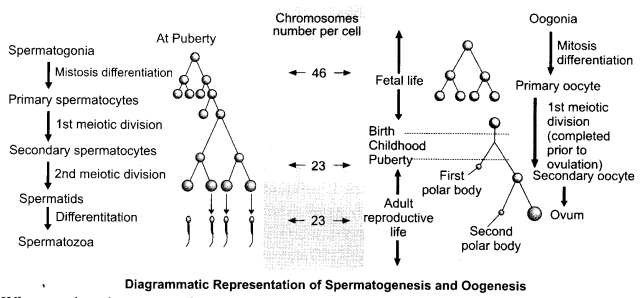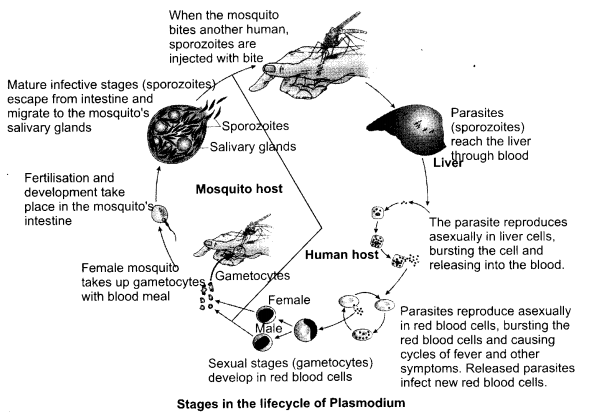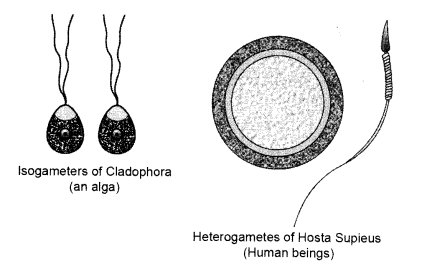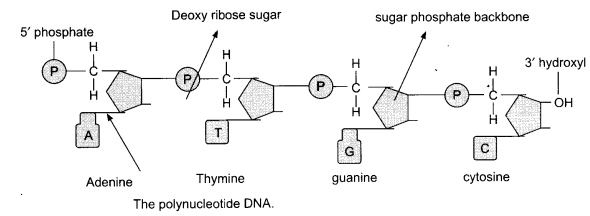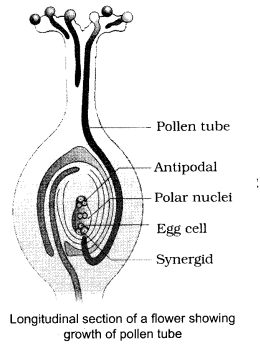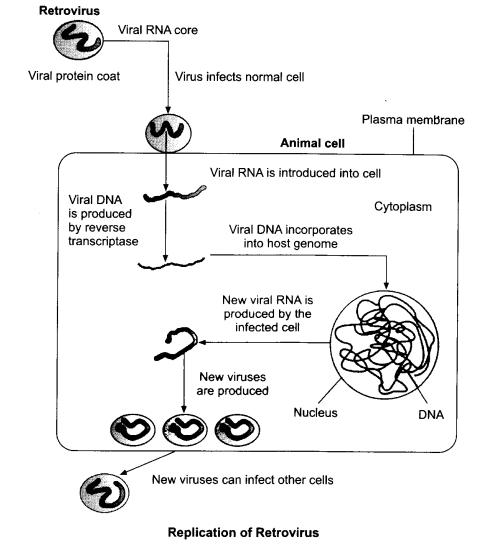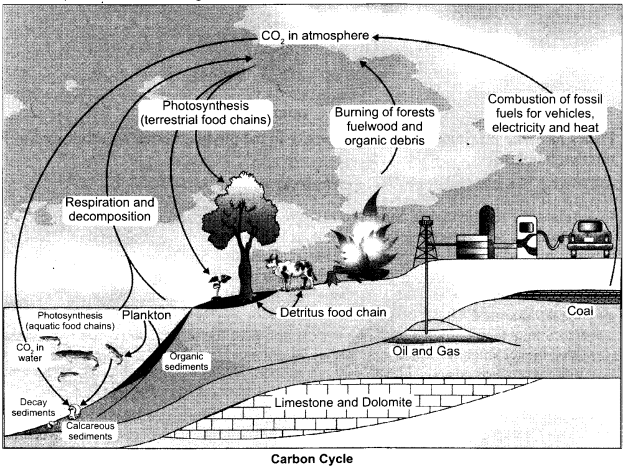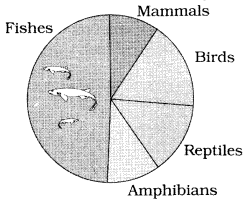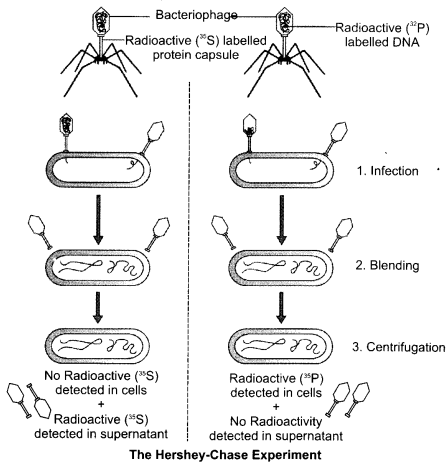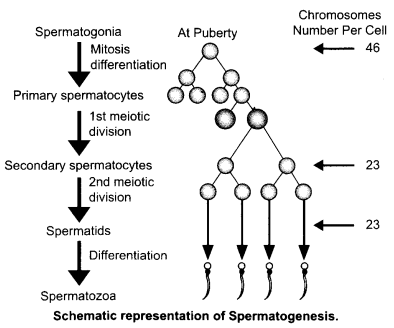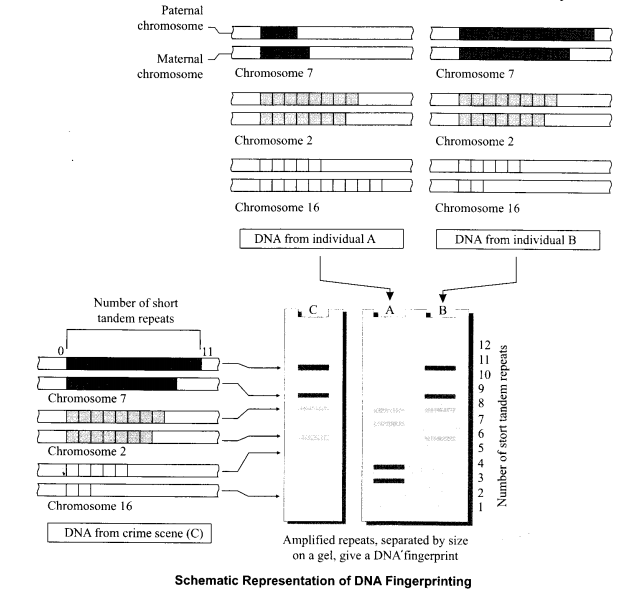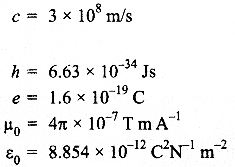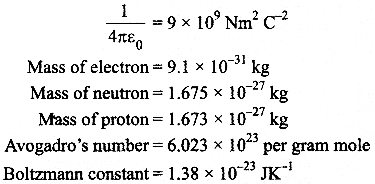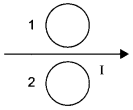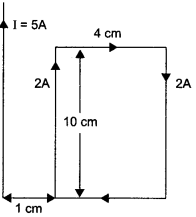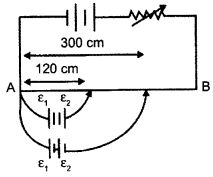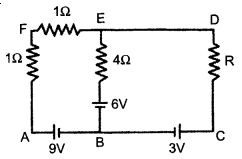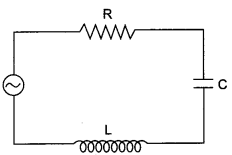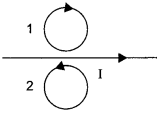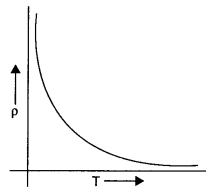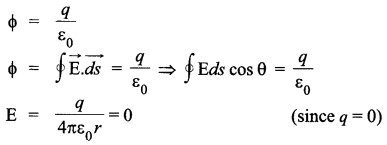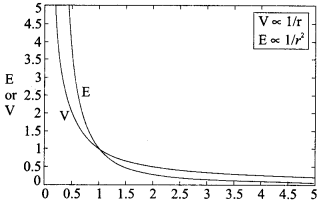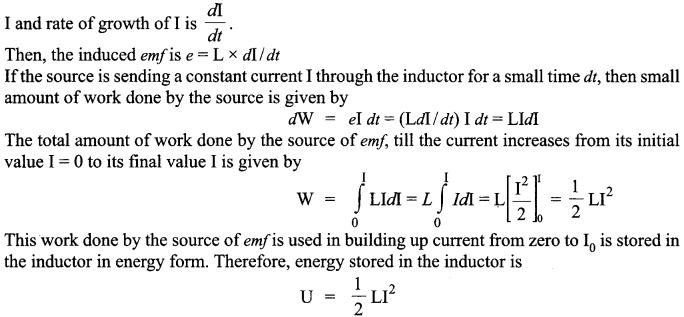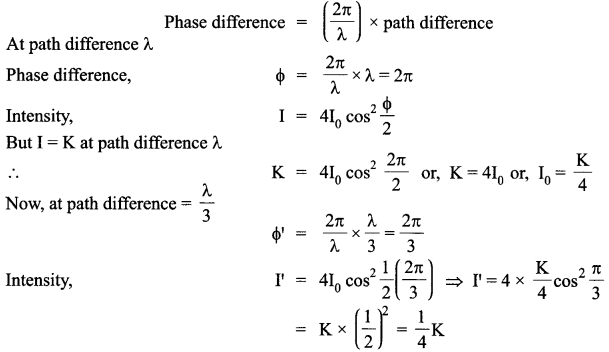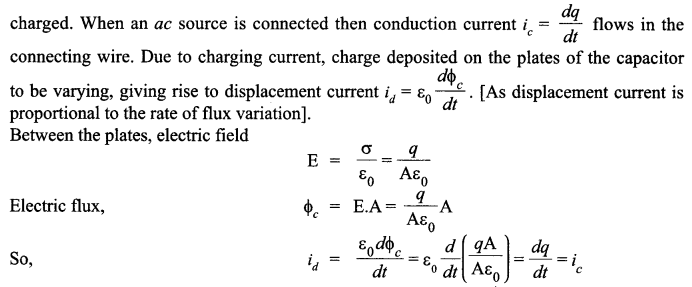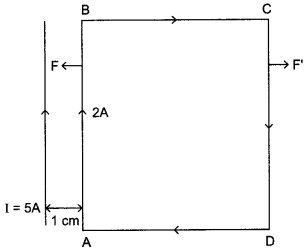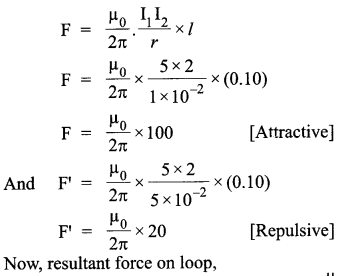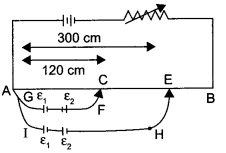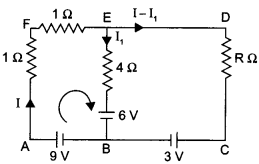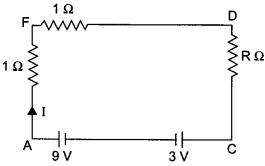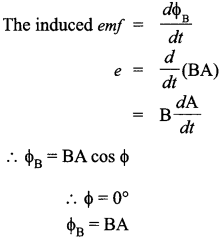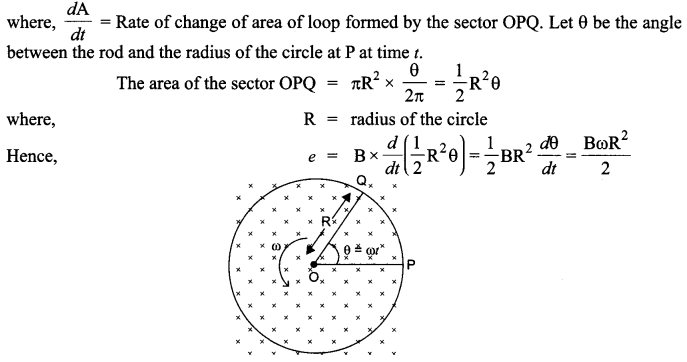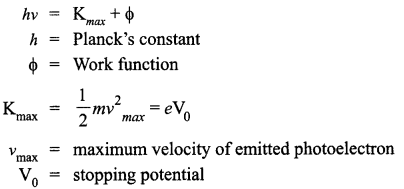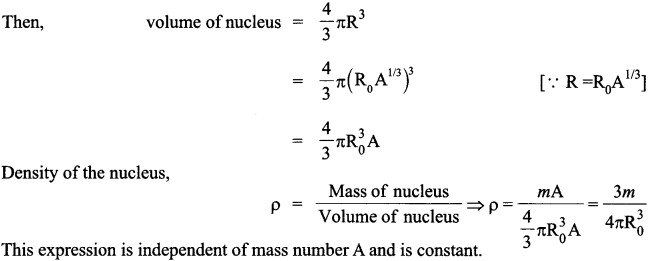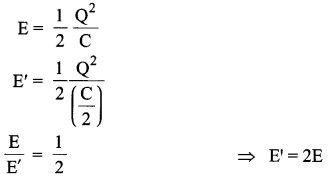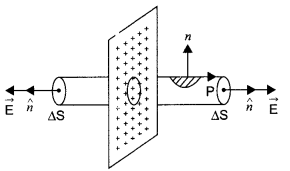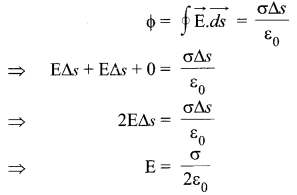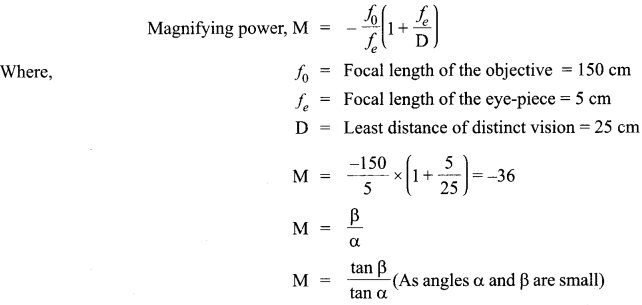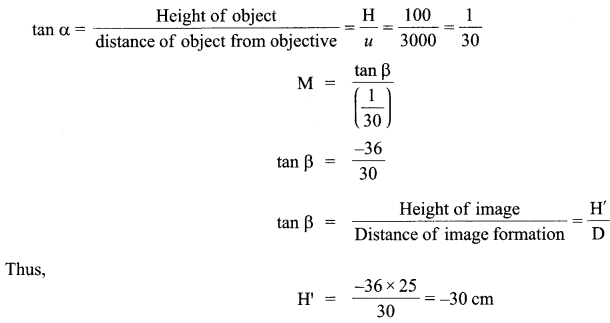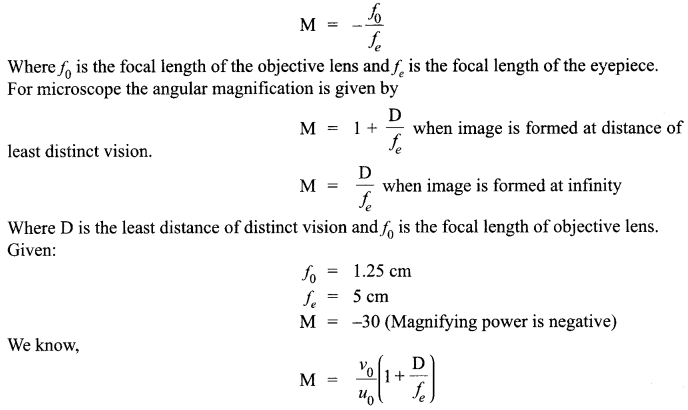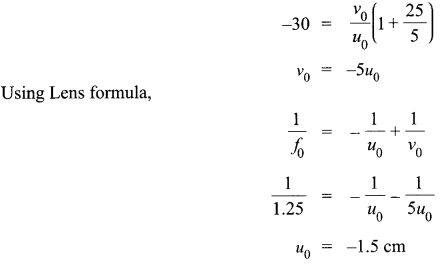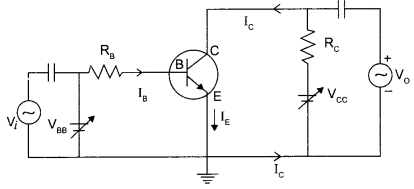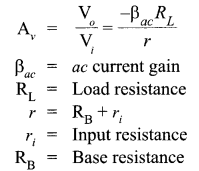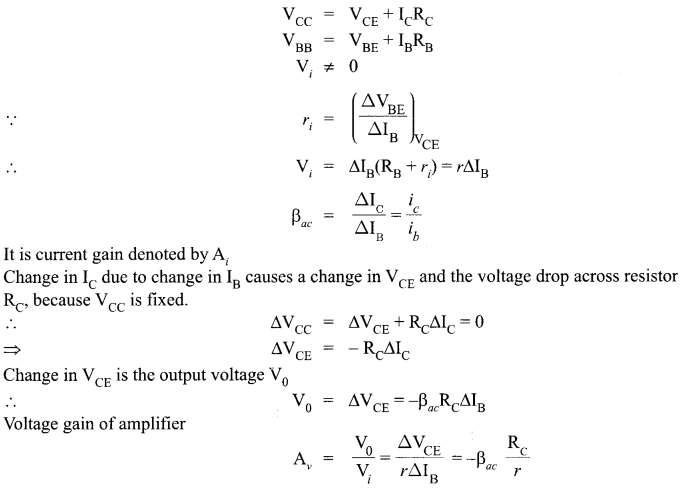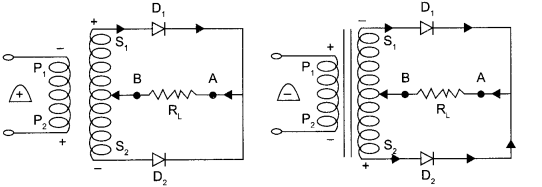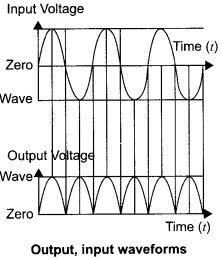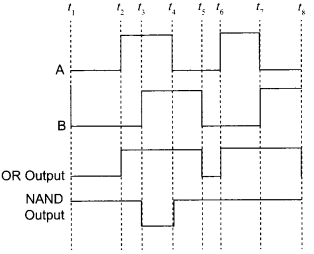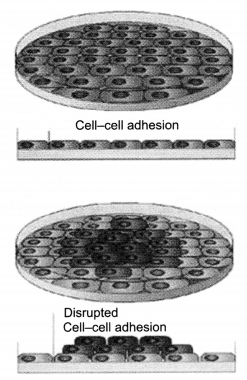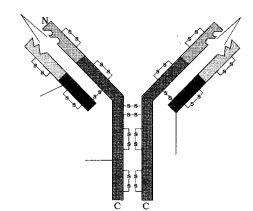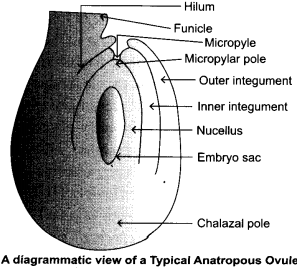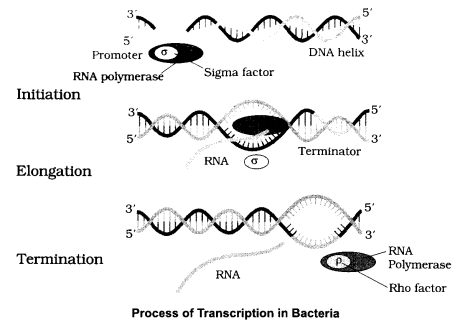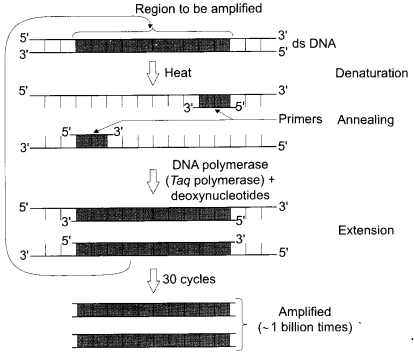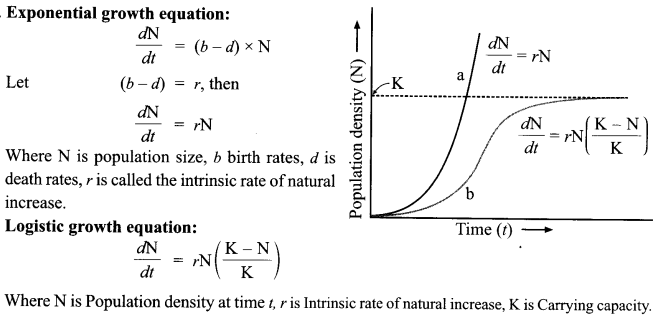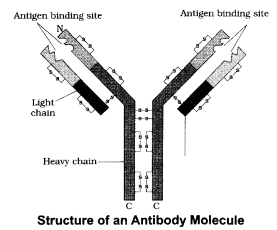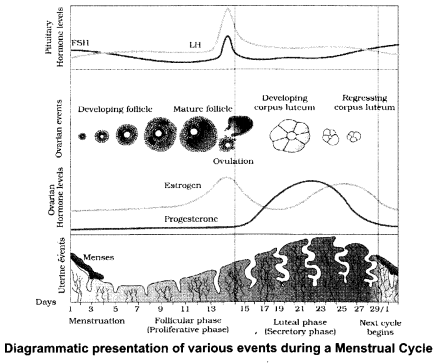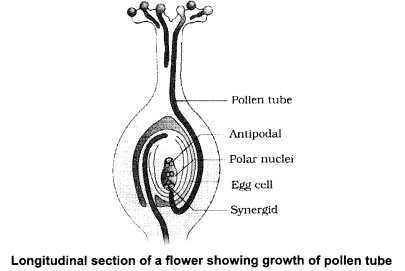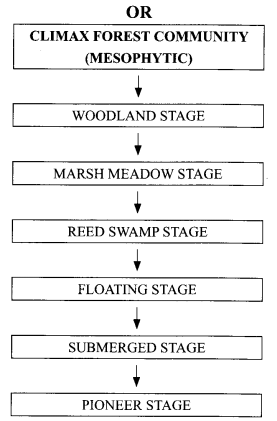CBSE Sample Papers for Class 12 Physical Education Paper 1 are part of CBSE Sample Papers for Class 12 Physical Education. Here we have given CBSE Sample Papers for Class 12 Physical Education Paper 1.
CBSE Sample Papers for Class 12 Physical Education Paper 1
| Board | CBSE |
| Class | XII |
| Subject | Physical Education |
| Sample Paper Set | Paper 1 |
| Category | CBSE Sample Papers |
Students who are going to appear for CBSE Class 12 Examinations are advised to practice the CBSE sample papers given here which is designed as per the latest Syllabus and marking scheme as prescribed by the CBSE is given here. Paper 1 of Solved CBSE Sample Paper for Class 12 Physical Education is given below with free PDF download solutions.
Time: 3 Hours
Maximum Marks: 70
General Instructions:
- All questions are compulsory.
- Answers to questions carrying 1 mark should approximately 10-20 words.
- Answers to questions carrying 3 marks should approximately 30-50 words.
- Answers to questions carrying 5 marks should approximately 75-100 words.
Questions.
Question 1.
Define Planning? 1
Question 2.
List down the components of Barrow General Motor Ability Test? 1
Question 3.
What do you understand by Balance Diet? 1
Question 4.
Define disability and disorder among children? 1
Question 5.
Define Posture? 1
Question 6.
What do you mean by Motor Development? 1
Question 7.
List down the physiological factors determining Physical Fitness? 1
Question 8.
Define Vital Capacity? 1
Question 9.
What do you understand by Sports Medicine? 1
Question 10.
Define Soft Tissue Injury? 1
Question 11.
List Newton’s Law of motion? 1
Question 12.
Describe the Axis and Plane used in movements? 3
Question 13.
Describe the importance of intramural in physical education? 3
Question 14.
Describe various types of biomechanical movements? 3
Question 15.
Differentiate between Micro and Macro Nutrient? 3
Question 16.
Describe the benefits of yoga for healthy life? 1
Question 17.
Explain the factors effecting motor development? 3
Question 18.
Children of a particular residential school were very indisciplined, fighting, and creating problems around, resulting in poor academic achievement. The new school principal asked the teachers to start inter-section sports program for children along with extra PE classes at weekends. After the year end, students attended for assessment test related to psychomotor skills. The analysis of report highlighted increase in academics performance and various other 1 parameters.
(i) What would those various parameters which developed among the participating students?
(ii) Which type of sports competition was organized by the school?
(iii) What psychomotor test could be planned for testing fitness of school children? 3
Question 19.
List down the test components of Rikli and Jones for elderly people? 3
Question 20.
Appraise coping strategies for stress management among athletes? 5
Question 21.
Analyze the muscles involved in Throwing a cricket ball? 5
Question 22.
Differentiate Physical and Physiological differences between male and female athletes? 5
Question 23.
Categorize various types of sports injuries and explain the preventive measures? 5
Question 24.
Explain corrective measures through physical activity and exercise for improving posture? 5
Question 25.
Draw a fixture of 13 Football teams participating in a Tournament on the basis of knock out? 5
Question 26.
Describe advantages of physical activities for children with special needs? 5
Answers.
Answer 1.
Planning is basic management function involving formulation of detailed plans to achieve optimum balance of need or demands with available resources.
Answer 2.
The Barrow Motor Ability Test consisting of three items designed to test the motor ability of high school boys.
Test 1 – Standing Jump Test – It is used as a measure of explosive leg power.
Test 2 – Zigzag Run Test – Its objective is to measure agility.
Test 3 – Medicine Ball Put Test – Its objective is to measure arm and shoulder girdle strength.
Answer 3.
A diet which consists of all the essential food constituents which are necessary for growth and maintenance of the body. Protein, carbohydrates, fat, minerals, vitamins are essential micro and macro nutrients which form part of balance diet.
Answer 4.
Disability: Any degree of physical disability, malformation or disfigurement that is caused by bodily injury, birth defect or illness. Disorder to is the disturbance which affects normal functions performed by an individual.
Answer 5.
Posture is the alignment of the body part for producing various task. Posture involves of muscles, ligaments and tendons along with joints to work together for performing any action, it also effects the functioning of the organic systems.
Answer 6.
Motor development refers to the development of a child’s bones, muscles and ability to move around and manipulate his or her environment. Motor development can be divided into two sections: gross motor development and fine motor development.
- Gross motor development involves the development of the large muscles in the child’s body. These muscles allow us to sit, stand, walk and run, among other activities.
- Fine motor development involves the small muscles of the body, especially in the hand.
Answer 7.
Physiological factors determining physical fitness are:
- Cardiovascular Endurance
- Lung Capacity
- Muscle Composition
- Muscle Fibre size
- Somatotype
- Muscular Strength
- Muscular Speed
Answer 8.
Vital Capacity (VC) is the maximum amount of air a person can expel from lungs after a maximum inhalation.
Answer 9.
A field of medicine concerned with the functioning of the human body during physical activity and with the prevention and treatment of athletic injuries.
Answer 10.
Soft tissue injuries are the most common injury to tissues that connect, support, or surround other structures and organs of the body. Soft tissue includes muscles, tendons, ligaments, fascia, nerves, fibrous tissues, fat, blood vessels, and synovial membranes.
Answer 11.
There are three Newton’s Law of motion.
- The Law of Inertia: A body at rest tends to remain at rest. A body in motion tends to continue in motion with consistent speed and in the same direction unless acted upon by an outside force.
- The Law of Acceleration: The velocity of a body is changed only when acted upon by an additional force.
- The Law of Counterforce: The production of any force will create another force opposite and equal to the first force.
Answer 12.
Human movements are described in three dimensions based on a series of planes and axis,
(i) A plane is the surface on which movement take place. There are three planes of motion that pass through the human body.
- The sagital plane lies vertically and divides the body into right and left parts.
- The frontal plane also lies vertically and divides the body into anterior and posterior parts.
- The transverse plane lies horizontally and divides the body into superior and inferior parts.
(ii) An axis is a straight line around which an object rotates. Movement at a joint takes place in a plane about an axis. There are three axis of rotation.
- The sagital axis passes horizontally from posterior to anterior and is formed by the intersection of the sagital and transverse planes.
- The frontal axis passes horizontally from left to right and is formed by the intersection of the frontal and transverse planes.
- The vertical axis passes vertically from inferior to superior and is formed by the intersection of the sagital and frontal planes.
Answer 13.
Intramural activities are performed within the institution, where outside students can’t participate and the main focus is on maximal participation. Following are the importance of intramurals:
- Opportunities for physical, mental, emotional and social development of students
- Inculcation of moral and ethical values through sports
- Awareness of health and wellness among children
- Source of enjoyment, fun and recreation among children.
- Opportunities for maximization of sports participation among students. Develop Leadership, group cohesion among students.
Answer 14.
There are various types of biomechanical movements:
- Flexion
- Adducation
- Extension
- Ulnar deviation
- Abduction
Extension – It is a straightening movement that increases the angle between body parts. When a joint can move forward and backward, such as the neck and trunk, extension refers to movement in the posterior direction. For example, when standing up, the knees are extended. Extension of the hip or shoulder moves the arm or leg backward. When the chin is against the chest, the head is flexed, and the trunk is flexed when a person leans forward.
Abduction – It refers to a motion that pulls a structure or part away from the midline of the body. In the case of fingers and toes, it refers to spreading the digits apart, away from the centerline of the hand or foot. Abduction of the wrist is also called radial deviation For example, raising the arms up, such as when tightrope-walking, is an example of abduction at the shoulder. When the legs are splayed at the hip, such as when doing a star jump or doing a split, the legs are abducted at the hip.
Adduction – It refers to a motion that pulls a structure or part toward the midline of the body, or towards the midline of a limb. In the case of fingers and toes, it refers to bringing the digits together, towards the centerline of the hand or foot. Adduction of the wrist is also called ulnar deviation. Dropping the arms to the sides, and bringing the knees together, are examples of adduction.
Answer 15.
| Micro Nutrients | Macro Nutrients |
| Nutrients required in small amount | Nutrients that need in large amount |
| Significant for normal functioning of body | Provide the body with bulk energy (calories) |
| Includes: Minerals and Vitamins | Carbohydrates, fats, protein are forms of macro nutrient |
| Facilitates chemical reactions to occur in the body | Needed for growth and development of the body |
Answer 16.
More importantly, yoga is extremely effective in:
1. Increasing Flexibility – Yoga has positions that act upon the various joints of the body including those joints that are never really on the ‘radar screen’ let alone exercised.
2. Increasing lubrication of the joints, ligaments and tendons – Yoga positions exercise the different tendons and ligaments of the body. Surprisingly it has been found that the body which may have been quite rigid starts experiencing a remarkable flexibility in even those > parts which have not been consciously work upon. Why? It is here that the remarkable research behind yoga positions proves its mettle. Seemingly unrelated “non strenuous” yoga positions act upon certain parts of the body in an interrelated manner. When done together, they work in harmony to create a situation where flexibility is attained relatively easily.
3. Massaging of ALL Organs of the Body – Yoga is perhaps the only form of activity which massages all the internal glands and organs of the body in a thorough manner, including those – such as the prostate – that hardly get externally stimulated during our entire lifetime. Yoga acts in a wholesome manner on the various body parts. This stimulation and massage of the organs in turn benefits us by keeping away disease and providing a forewarning the first possible instance of a likely onset of disease or disorder.
4. Complete Detoxification – By gently stretching muscles and joints as well as massaging the various organs, yoga ensures the optimum blood supply to various parts of the body.This helps in the flushing out of toxins from every nook and cranny as well as providing nourishment up to the last point. This leads to benefits such as delayed ageing, energy and a remarkable zest for life.
5. Excellent toning of the muscles – Muscles that have become flaccid, weak or slothy are
stimulated repeatedly to shed excess flab and flaccidity.
Answer 17.
There are many factors that effect motor development:
- Nutrition: Nutritious food promotes good motor development. Sensory motor development is dependent upon nutrition that the child gets to a great extent. Children get stronger and development is good if they get nutritious food.
- Immunisation: If mother and child both are immunized at a proper time it leads to good sensory motor development.
- Environment: Encouragement, love and security help the child to take risk to explore fearlessly and to know more about environment which leads to a better sensory development.
Answer 18.
(i) Parameters developed are:
- Leadership
- Motivation
- Personality
- Posture
- Fitness
(ii) Intramural competitions
(iii) Test for School Children:
- AAPHER physical fitness test
Answer 19.
Rikli and Jones is the senior citizen test. It was developed by Rikli and Jones in 2001. This test is beneficial for various senior citizens. It helps the early identification of at-risk participants. It is significant to plan safe and effective physical exercise programmes for senior citizens because individual’s health and fitness level can be known better with the help of this test.
- Chair Stand Test – This test measures the lower body strength, particularly legs.
- Arm Curl Test – The arm curl test is a test for upper body strength and endurance which is required for performing household activities.
- Chair sit and reach test: It assess the lower body flexibility, which is important for good posture.
Answer 20.
Coping refers to the thoughts and actions which we usually use to deal with a threatening situation. Lazarus and Folkman said “Coping is a process of constantly changing cognitive and behavioral efforts to manage specific external and/or internal demands or conflicts appraised as taxing or exceeding one’s resources”. These are the following types of strategies:
(i) Problem focused coping strategies – They aim at changing or eliminating the authentic source of stress by:
- analyze the stressful situation
- Seek professional help
- reframing
- slow down pace
- stay focused
- plan properly
(ii) Emotion focused coping strategies – tried to reduce the negative emotional responses linked with stress by:
- denial of reality
- blaming
- mentally disengaging from stressful situation or people
- humorous attitude
- seek support
- be positive
Answer 21.
Throwing comprises of two phases, the preparatory phase and the throwing phase.
Most actions are rotational in the transverse plane and longitudinal axis and the two joints primarily involved are the elbow and shoulder.
The elbow is a hinge joint formed by the humerus and ulna.
The shoulder is a ball and socket joint formed between the humerus and the scapula.
| Preparatory phase | |||
| Joints involved | Articulating bones | Action | Aganist Muscle |
| Shoulder | Humerus and scapula | Horizontal hyperextension | Posterior deltoids and latissimus dorsi |
| Elbow | Humerus and ulna | Extension | Ticeps brachii |
| Throwing phase | |||
| Joints involved | Articulating bones | Action | |
| Shoulder | Humerus and scapula | Horizontal flexion | Anterior deltoids and Pectoralis major |
| Elbow | Humerus and ulna | Flexion | Biceps brachii |
Answer 22.
The male and female athletes have various physiological differences. These differences generally result in difference in performance ouputs interms of strength, speed, endurance.
1. Cardiovascular Fitness: Athletes’ cardiovascular fitness is measured by their maximum oxygen consumption, also known as VO2 max, which measures their capacity to transport and use oxygen during exercise. This is measured by calculating the point at which an athlete’s oxygen consumption remains steady despite an increase in an exercise intensity. Elite male athletes have a higher oxygen carrying capacity than women, which allows them to reach their maximum training peak earlier. According ACSM’s Primary Care Sports Medicine reference book, this is probably due to women’s lower hemoglobin levels and men’s larger body size. Maximum oxygen consumption is directly related to body size,
2. Bones and Ligaments: Male athletes have longer and larger bones, which provide a clear mechanical advantage over female athletes. The increased articular surface and larger structure of male bones provide them with a greater leverage and a wider frame on which to support muscle. Similarly, the ligaments of female athletes are generally more lax and fragile than those of their male counterparts. This gives male athletes an advantage in sports that involve throwing, kicking and hitting, and explains the higher incidence of musculoskeletal injuries among female athletes. On the other hand, female athletes have a wider pelvis and a lower center of gravity, which provides excellent balance.
3. Strength: Male athletes have a higher ratio of muscle mass to body weight, which allows for greater speed and acceleration. This explains why female speed records in running and swimming are consistently 10 percent slower than men’s, and why, on average, they have two thirds of the strength of men. However, when you factor out the larger muscle mass in men and compare muscular strength relative to cross-section area of muscle, the strength of male and female athletes is nearly equal.
4. Endurance: Endurance is largely determined by a body’s efficiency when converting calories into energy. Female athletes are more efficient than male athletes at converting glycogen to energy. Glycogen is a secondary source of fuel you use when glucose levels drop. This is why female athletes excel in ultra-long-distance sports and rarely hit the wall during long races. It also explains why ultra-running, which includes races longer than a marathon, is one of the few sports where elite female and male athletes regularly compete together, and in which female athletes sometimes win.
Answer 23.
Classification of injury:
(i) Soft Tissue
(ii) Bone Injury
(iii) Joint Injury
(i) Soft Tissue Injury:
- Contusion: Direct impact with blunt object which causes bleeding deep with muscles due to damage in capillaries.
- Strain: Injury to musculo-tendon injury
- Sprain: Ligament injury.
- Abrasion: Loss of epidermis (Outer layer of skin) Superficial injury with loss of skin
- Incision: Cut on arteries, tendon, veins, nerves due to sharp objects
- Laceration: Irregular tear in skin, cut in epidermis and dermis with blunt edge objects
(ii) Bone Injury-Fracture:
A.Close Fracture
- Transverse Fracture
- Oblique Fracture
- Spiral Fracture
- Comminute Fracture
- Impact Fracture
B.Open Fracture
- Compound Fracture
(iii) Joint Injury: Joint injuries often occur as a result of bicycle wrecks, falling is contact sports, and car accidents. They can range from sprains to fractures and dislocations. Common joints injuries include:
- Runners knee
- Plica syndrome of the knee
- Rotator cut injury (shoulder)
- Sprained Ankle
Preventive Measures:
- Wear protective gear such as helmets, protective pads, etc.
- Warm up and cool down
- Keep in mind the rules of the game.
Answer 24.
Exercise for Posture Correction:
- Back exercises – to put shoulder at original place, some workouts of back strengthening are required.
- Trunk exercises – twisting of trunk often strengthens the back and abdomen.
- Leg press, hamstring, curls and leg extensions.
- Aerobics
- Walking, running, jumping, etc.
Answer 25.
Total number of teams =13
Upper half = n + 1/2 = 13 + 1/2 = 7
Lower half = n – 1/2 = 13 – 1/2 = 6
Power of two’s = 24 n. of teams
= 16 -13 = 3 No. of Byes = 3
No. of Byes in Lower Half =nb + 1/2 = 3 + 1/2 = 2
No. of Byes in Upper Half = nb – 1/2 = 3 – 1/2 = 1

Answer 26.
Scientific research has demonstrated repeatedly that physical education can enhance academic performance and cognitive function. However, for children with special needs, it’s valuable for so many reasons, from providing an opportunity to build collaborative and social skills, to teaching individuals how to focus on specific goals and overcome obstacles.
When students with special needs participate in physical activity and sports, they see improvements in everything from their hand-eye coordination and flexibility, to their muscle strength, endurance, and even cardiovascular efficiency. These are all simply the natural benefits of exercise — a development of better motor skills and enhanced physical health that helps individuals to fight back against problems such as obesity, and the health complications that follow.
1. Mental Improvements in Confidence and Well-Being: Regular exposure to sports through physical education classes isn’t only good for a child’s body — it’s beneficial to their mind, too. Physical activity improves general mood and wellness in psychiatric patients suffering from anxiety and depressive disorders. What’s more, regular fitness links to improvements in self-esteem, social awareness, and self-confidence — all essential for empowering the lives of young people with special needs.
2. Reduces stress and anxiety: Providing a physical outlet may help students reduce or cope with anxiety, stress and depression — while interaction and involvement with other students will help to give children a sense of accomplishment and confidence. Their physical education teachers to involve them in environments where they can feel as though they’re successfully contributing to a group and their abilities in other areas will improve according to their positive self-image and confidence.
3. Behavioral Improvements in Attention, Relationships, and Academics: Physical education is about a lot more than simply learning how to engage in a particular sport — it teaches children a range of skills, from how to work as a team, to how to solve problems, increase attention span, and focus on task-based behavior. Eventually, those skills can transfer into other classroom settings too, so that students with special needs have a greater ability to leam and engage with their peers outside of physical education.
4. Self-Esteem: Developing a sense of self-esteem and confidence is an extremely important part of special education. These children need to be involved in environments where they feel that they are contributing successfully to a group. Their abilities in all other skill areas will improve as a result of a positive self-image and confidence.
5. Cognitive Benefits: The hands-on nature of physical education leads to cognitive improvements in children with special needs, allowing them to access skills that they couldn’t challenge within a traditional classroom setting. The structure of sport – which comes with a set of rules and organization, can be a learning tool that helps children to practice self-regulation and enhance their decision making skills. On top of that, children with special needs can leam to focus on specific goals, and work on their verbal communication by interacting with peers through sport.
6. Improves appetite
7. Improves quality of sleep
As these children often feel isolated, they
We hope the CBSE Sample Papers for Class 12 Physical Education Paper 1 help you. If you have any query regarding CBSE Sample Papers for Class 12 Physical Education Paper 1, drop a comment below and we will get back to you at the earliest.

